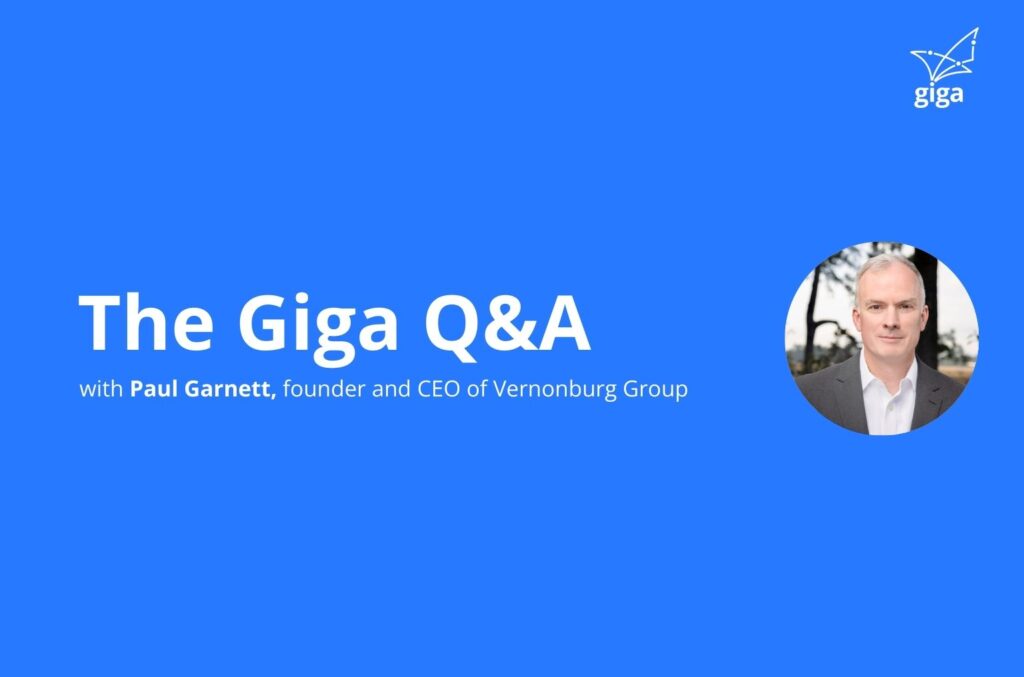In this interview, Paul Garnett offers his thoughts from a long career dedicated to extending broadband access to unserved communities in the US and emerging markets around the world, currently as founder and CEO of Vernonburg Group and previously as creator of Microsoft’s Airband Initiative, which he led for 12 years.
What would you identify as the key hurdle to closing the digital divide?
There are a variety of hurdles to closing the global digital divide, but one area that warrants greater focus is the need to increase investment in last-mile connectivity providers and projects. Internet service providers (ISPs) looking to extend high-speed connectivity into unserved communities have more technology choices than ever – spanning fiber, fixed wireless, and satellite technologies. Many ISPs have demonstrated that they can profitably sell fixed broadband connectivity in emerging markets, but they continue to face challenges raising capital they need to grow and scale their businesses. Investors still see unacceptable risk in ISPs and in last mile connectivity projects. Several efforts are underway to help bridge the gap between perceived opportunity and risk.
Good data is critical to the business case, but the places that need the most investment often have the least amount of data. How can we fix that?
High-quality data is key to having an accurate picture of fixed and mobile broadband availability, adoption and usage. High-quality data helps inform business decisions. It is also the basis for good policymaking. However, available data is incomplete and is worst in the rural, unserved and underserved communities. Governments can learn a lot from simple, consistent data collections from network operators, verified with trusted third-party sources, such as consumer surveys and speed and service quality measurement projects. Broadband data formats and collection and production methods also need to be open to ensure that the data can be trusted. My firm is now supporting the International Telecommunication Union in updating its 2020 Connecting Humanity report. As part of that project we will be developing cost estimates of the global digital divide, encompassing infrastructure, policy and regulation, digital skills, and affordability. The infrastructure estimate will leverage highly granular cost estimates, which could be visualized on a global broadband infrastructure mapping tool, similar to what we have done for the US.
What role does school connectivity play in closing the digital divide?
School connectivity is absolutely critical in closing the digital divide. Connectivity to community anchor institutions, like schools, healthcare facilities, government offices, and other locations is a key building block to bringing high-speed Internet connectivity to unserved communities. An ISP’s first customers will often be community anchor institutions, upon which the ISP can build its business model. School connectivity pays extra dividends — integrating young people into digital economy from the start and young people, as early adopters of digital, can influence society as a whole. To that end, Giga is a critical contributor toward connecting every school in the world to the Internet, as well as helping to close the overall digital divide. As ambitious as Giga’s mission sounds, connecting every school should be viewed as a good first step to connecting every child at home. The COVID-19 pandemic demonstrated that governments need to prioritize extending connectivity to both schools AND school children at home. All students should have access to a high-speed connection providing unlimited data consumption and a connected device adequate for distance learning. These should be our new goals.

